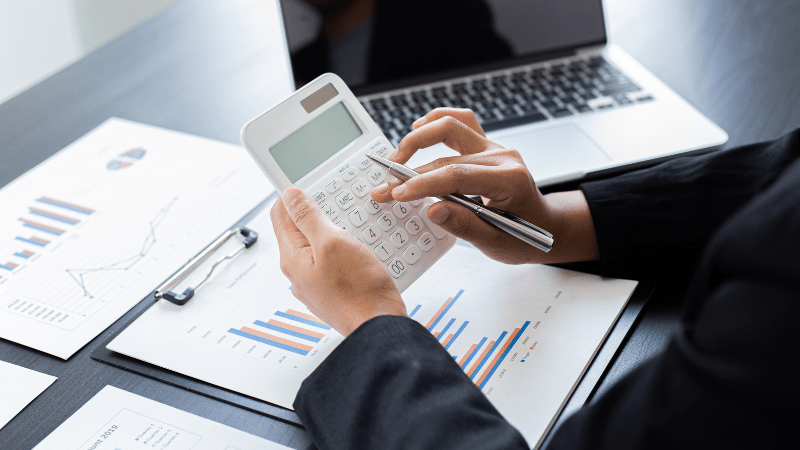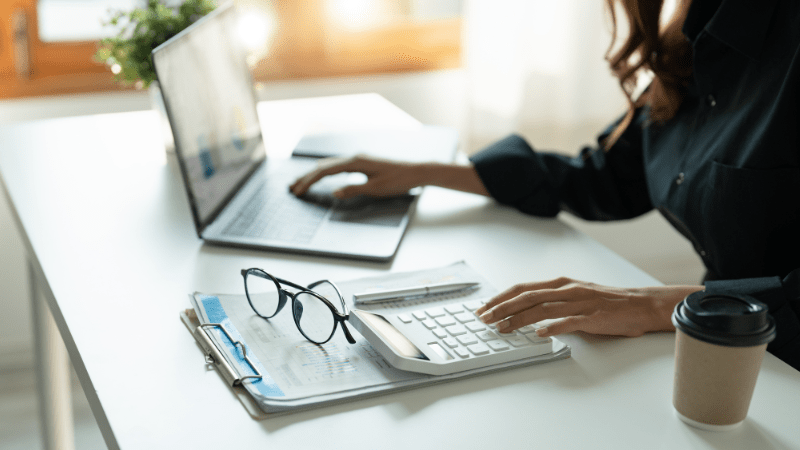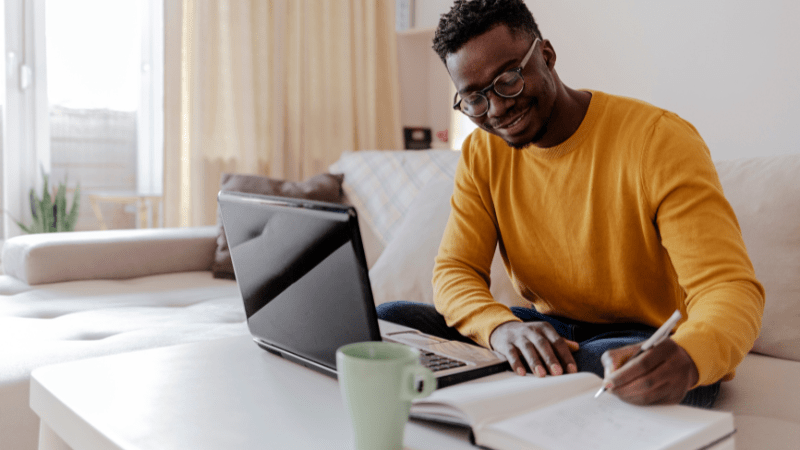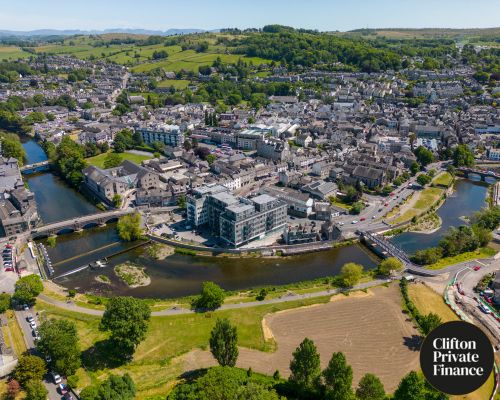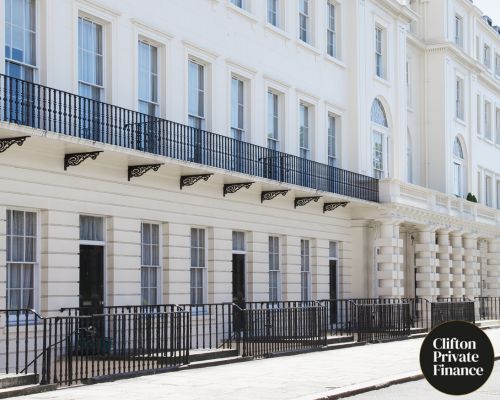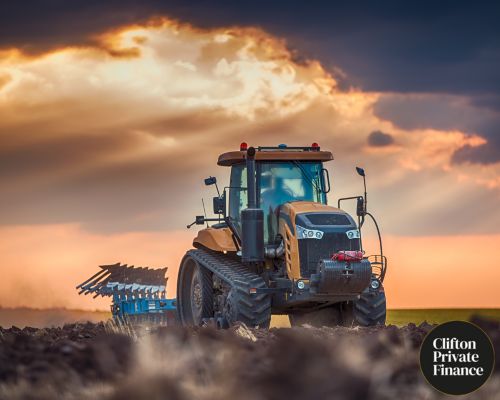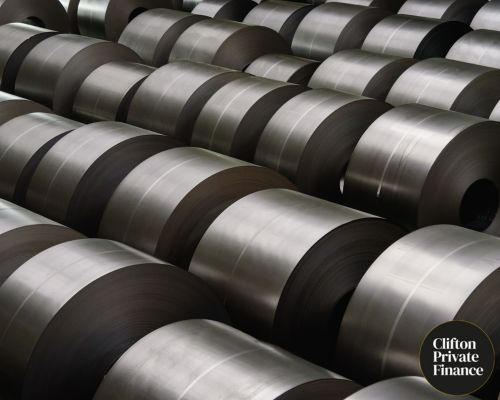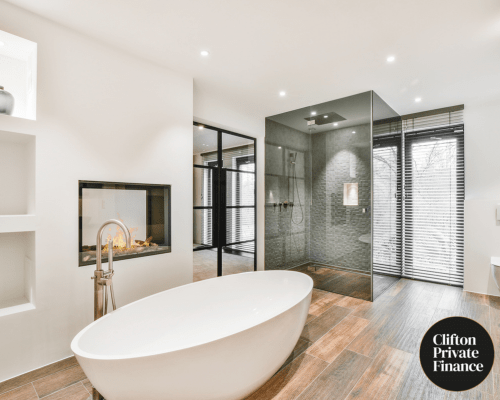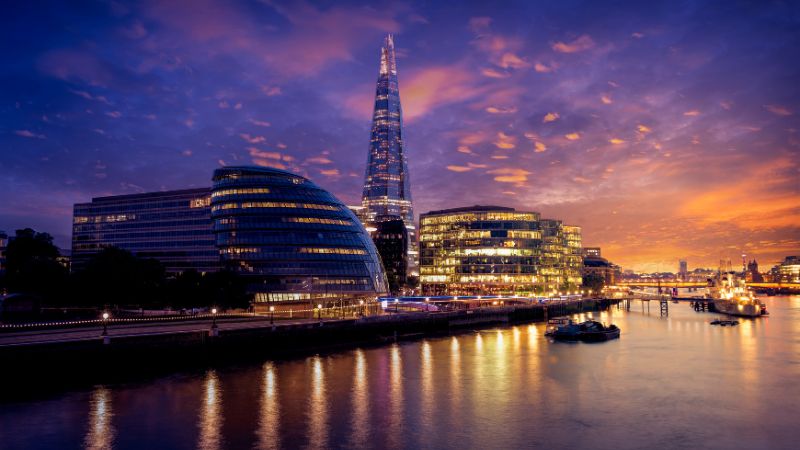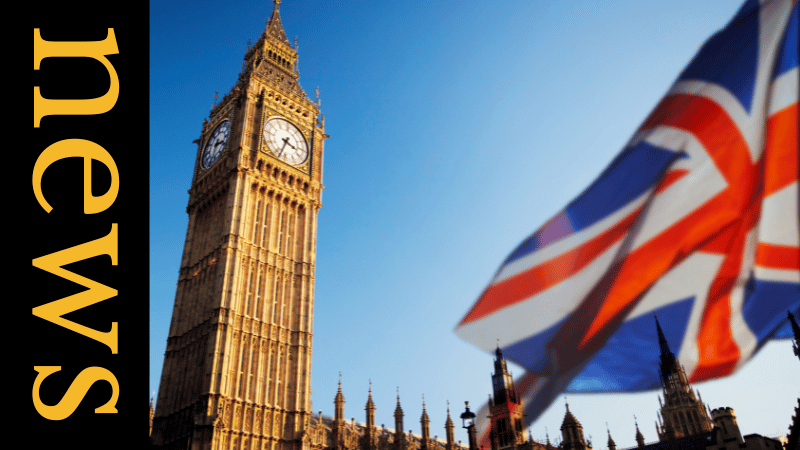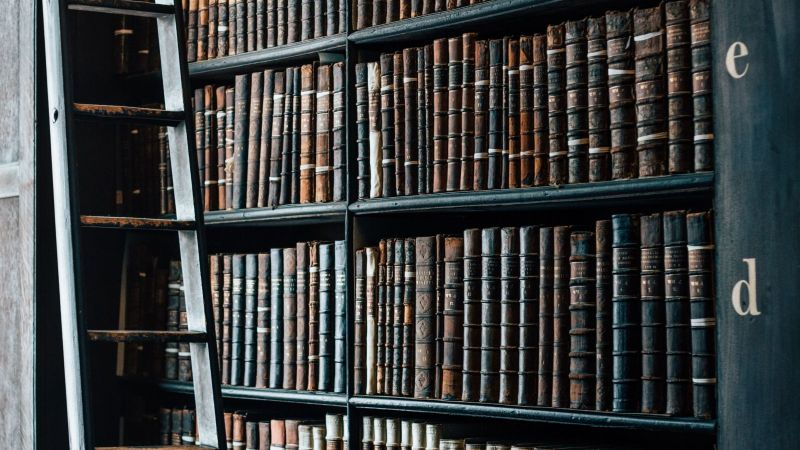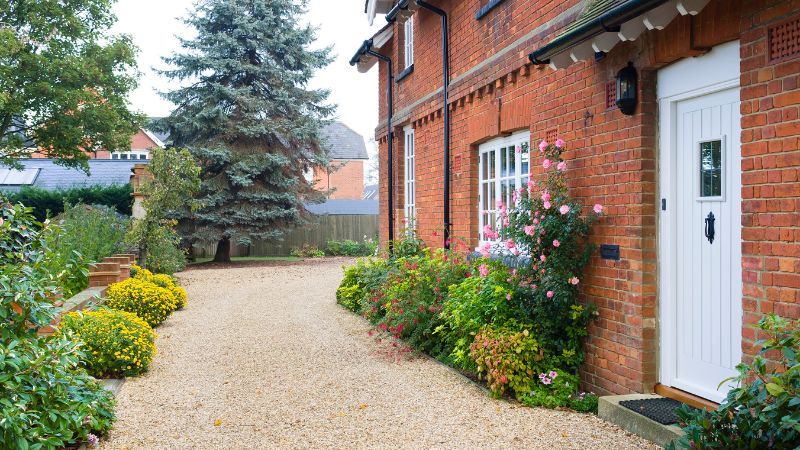Categories
How to Claim VAT Back
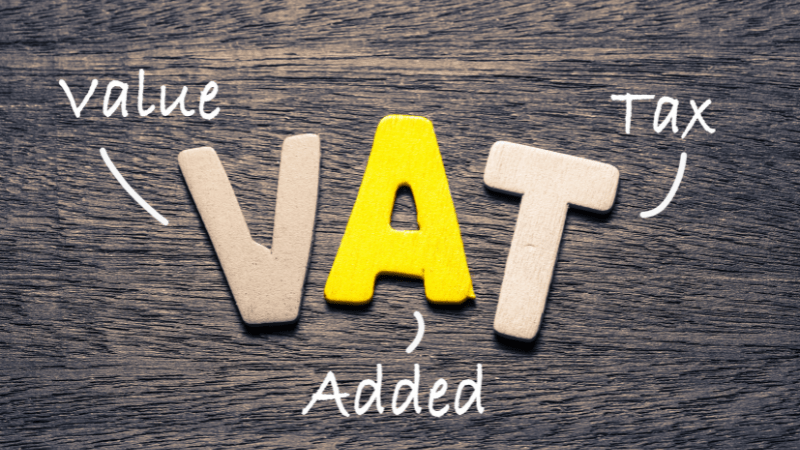
Table of Contents
What is VAT?
What Businesses Have to Charge VAT?
Claiming UK VAT Back on Goods
…on Services
…on Utilities
…on Previous Costs
…on Rent
…on Shared Expenses
…on Business Trips
…on Marketing
…on Entertaining
…on Vehicles
…on Fuel
…on Personal Items
…on Second-Hand Goods
…on Zero-Rated Goods
Keeping Good VAT Records
How Do I Claim VAT Back in the UK?
Flat Rate VAT Scheme
Get Help
What is VAT?
Value Added Tax (VAT) is a tax charged by HM Revenue and Customs (HMRC) on goods and services in the UK. It’s an essential tax for the UK that provides a third of all revenue collected by the government and forms a substantial part of the HMRC remit.
However, VAT is not all bad for businesses, and those who are VAT registered can also claim back the VAT they have paid on goods and services used for the business.
How do you claim VAT back in the UK for business expenses? At Clifton Private Finance, we’re here to help you unravel the system!
What Businesses Have to Charge VAT?
Not all businesses are VAT registered. In the UK, a business must become VAT registered if it has a gross turnover of £90,000 or more. Those below this threshold may also choose to register for VAT if it is beneficial for them.
Currently, the standard rate of VAT is 20%, meaning VAT registered businesses must add this tax surcharge to their goods and services when supplied to customers in the UK. Every three months, the tax is then reported and paid to HMRC.
VAT registered businesses offset this payment by claiming back the VAT they have themselves paid in business expenses, effectively making many goods and services they are using cheaper. For some businesses, VAT registration can mean that more VAT is claimed back than collected.
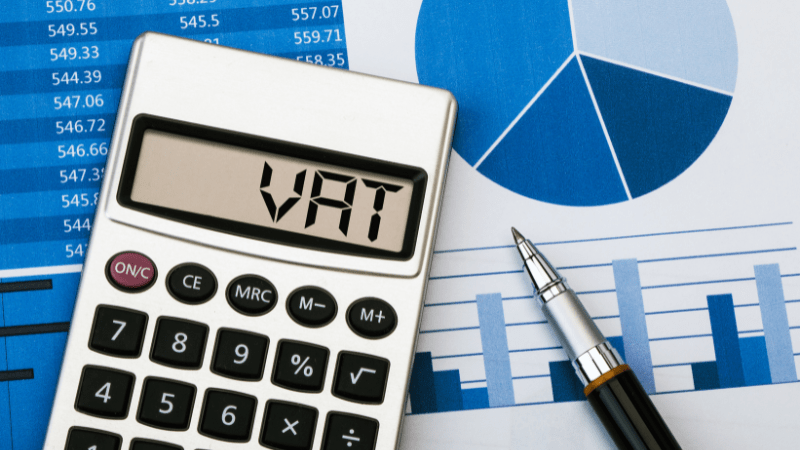
Claiming UK VAT Back…
When you claim VAT back from HMRC, you have to make sure that you’re following the rules. It’s essential that you can provide proof of the VAT having been paid - typically with a receipt or VAT invoice - and that you are only claiming for true business expenses. That means only those goods and services that are used wholly and exclusively for your business.
Claiming UK VAT Back on Goods
You can claim back the VAT you have paid on most goods, as long as they have been bought for the business. This includes such things as:
Claiming UK VAT Back on Services
Services that have charged you VAT (i.e. they have been provided by a VAT-registered company), can also form part of your VAT claim. This may include:
- Marketing Services
- Website Development
- Advertising
- Shipping and Couriers
- Consultancy
- Contractors
Claiming UK VAT Back on Utilities
Utilities such as electricity, gas, and your internet connection are all subject to VAT. You will be able to reclaim the VAT portion of all utilities used.
Claiming UK VAT Back on Previous Costs
When you first register for VAT, you are eligible to claim back the VAT for all relevant and legitimate businesses expenses incurred during the previous four years. This can be a huge boon to companies as they move from being non-registered to VAT registered, and involve a one-time repayment from HMRC.
VAT can only reclaimed if you have the right paperwork to show that you have previously bought (and paid VAT on) the goods and services, so make sure you keep all your receipts and invoices.
Claiming UK VAT Back on Rent
If you rent your office and the rent has a VAT component, then you can reclaim this additional cost. However, be aware that many commercial properties are let without VAT as it is optional. It is important that you check your rental lease to confirm that VAT is being paid.
Claiming UK VAT Back on Shared Expenses
If you have business expenses that are shared, for example, you run your business from home and share the cost of the utilities, then you can claim back the relevant part of the VAT.
Remember, that it is important to calculate reasonably your share of those expenses. If your home office takes up 20% of the building, then you can claim back 20% of the VAT for utilities; while if 50% of the internet connection is used for work purposes, then you can claim 50% of the internet service VAT.
Claiming UK VAT Back on Business Trips
You can claim back the VAT for the travel expenses for employees on business trips. This includes:
- Transport
- Accommodation
- Meals
However, you cannot claim for non-employees; this includes partners accompanying an employee on a trip, or entertaining clients.
Claiming UK VAT Back on Marketing
VAT that has been paid on marketing activities can be reclaimed, this includes:
- Marketing services, such as consultation or content creation
- Social media advertising
- Other online advertising
- Creation of marketing materials, for example brochure printing
It is essential, as with all VAT claims, to have proper detailed invoices and receipts that specifically include VAT.
Claiming UK VAT Back on Entertaining
Any entertaining that is exclusively for employees can be claimed as a business expense and the VAT reclaimed. This means the cost of having a Christmas party can be offset!
Entertaining clients, for example, dinner costs or theatre tickets, cannot be reclaimed.
Claiming UK VAT Back on Vehicles
It is possible to reclaim the VAT paid on vehicles, both those purchased in full, and leased. If the vehicle is used for both business and personal use then the VAT reclaim is limited to 50%; however, if the vehicle is exclusively for business use (and can be proved as being so), then the full 100% VAT is eligible for reclaim.
Defining personal use is strict, where even just travelling to and from work in a company car would count (even if the car isn’t used for any other personal miles).
Repairs and maintenance, additional accessories (such as dashcams, or van fittings), and vehicle-related expenses (such as parking), can also be reclaimed provided the use is business-related.
Claiming UK VAT Back on Fuel
There are multiple ways of reclaiming VAT on fuel costs. Again, if the vehicle is exclusively used for business then 100% of the VAT can be recovered; however personal usage cannot be considered.
If the vehicle is used for both personal and business use, then either:
- Reclaim 100% of the VAT and repay based on the government’s fuel scale charge.
- Reclaim based on mileage recorded for business use.
Calculation should be made to determine which is more advantageous.
Claiming UK VAT Back on Personal Items
VAT cannot be reclaimed on items - either goods or services - that have been purchased for personal use. This includes the idea of buying equipment ‘through the business’ to evade the VAT.
VAT reclaiming is specifically for business usage only.
Claiming UK VAT Back on Second-Hand Goods
VAT on second-hand goods is subject to the VAT Margin Scheme, which calculates VAT based on the profit made on the item (the difference between its purchase and resale prices), and is paid as 16.67% rather than the standard 20%.
As well as second-hand goods, the VAT Margin Scheme covers works of art, antiques, and collectors’ items.
This means that it is possible to reclaim the VAT you have spent on purchasing second-hand goods or artwork for the business, but the rate is different. It is important you discuss this with your accountant.
Claiming UK VAT Back on Zero-Rated Goods
Some goods and services, such as books, children’s clothes, public transport, and most food, is considered zero-rated for VAT. In these circumstances, you cannot reclaim any VAT on them.
Keeping Good VAT Records
Claiming VAT back requires thorough record keeping. It is essential that you have the paperwork to back up your VAT reclaim. This can be either physically or digitally, with many modern accountancy systems using digitised records to simplify the process while keeping the records accurate.
VAT records include:
- VAT Invoices - VAT-registered businesses who provide goods or services will clearly state the amount of VAT on every invoice presented. Additionally, their VAT number will be there for clarification.
- Receipts - Retail receipts under £250 do not need to include the VAT portion separated (and typically don’t to avoid confusion for consumers), however they are still valid for use and you will need to calculate the relevant VAT. Larger purchases should include the VAT element if relevant (and claimable). It is often beneficial to ask specifically for a VAT receipt when purchasing large-ticket items.
- Bank Records - In some cases, even if a receipt or invoice isn’t available, it can be possible to use your bank statements to show the relevant transaction as proof. This can be more complicated, as you have to tie the transaction to the goods (which may require supporting documentation) but can help with your VAT reclaim if other records are missing.
How Do I Claim VAT Back in the UK?
To reclaim VAT you must complete the online HMRC VAT Return form. This should be done every quarter (three months).
To complete the form, you will need to calculate your business’s input VAT and output VAT. Input VAT is the amount of VAT you have been charged when purchasing goods and services, while output VAT is the quarterly VAT total that you have collected from customers.
If your input VAT is greater than your output VAT, you will be able to reclaim the VAT and receive a reimbursement from HMRC. Otherwise, your output VAT will be the greater value and you will have to make a payment.
VAT Return Examples
Clive’s Computer Consultancy Company has charged £25,000 in VAT to clients during the last quarter. However, it paid £9,000 in VAT with the purchase of equipment, marketing expenses, and some sundry purchases.
- Input VAT = £9,000
- Output VAT = £25,000
Clive’s CC Company will pay HMRC £16,000 for the quarter.
Red Rainbow Ribbons has added a total of £13,500 as VAT to its sales invoices over the past three months, while its outgoings on vehicles, rent, services and more has meant it has paid out £18,200 in VAT during the same quarter.
- Input VAT = £18,200
- Output VAT = £13,500
Red Rainbow Ribbons receives a VAT rebate of £4,700.
Flat Rate VAT Scheme
In order to simplify small business VAT accounting, HMRC offers the Flat Rate Scheme for businesses that turnover less than £150,000. If a business is registered for the scheme, then while they still charge the standard VAT to customers, instead of paying the full VAT to HMRC and reclaiming as described above, it pays based on a lower flat rate that’s defined by the industry sector.
When registered for the Flat Rate Scheme, a company does not reclaim VAT on any purchases or services with the exception of certain capital assets valued at over £2,000
The Flat Rate Scheme means that the administrative burden is significantly reduced and can be a great benefit for small businesses, however, it is worth taking the time to make a comprehensive estimate of your business input and output VAT and take advice from your accountant to see if it is the right answer for your business.
VAT Help from Clifton Private Finance
At Clifton Private Finance we’re here to help you fund every step of your business’s financial journey, with a range of financial products such as dedicated VAT loans that can help with cash flow and expansion capital.
If you’re looking to make a significant capital purchase (and pay all the VAT that means!) or need help paying an unexpected tax bill to HMRC, we’re here for you. Contact Clifton Private Finance today.
To see what we can do for you, give us a call at 0203 900 4322 or book a free consultation below.

